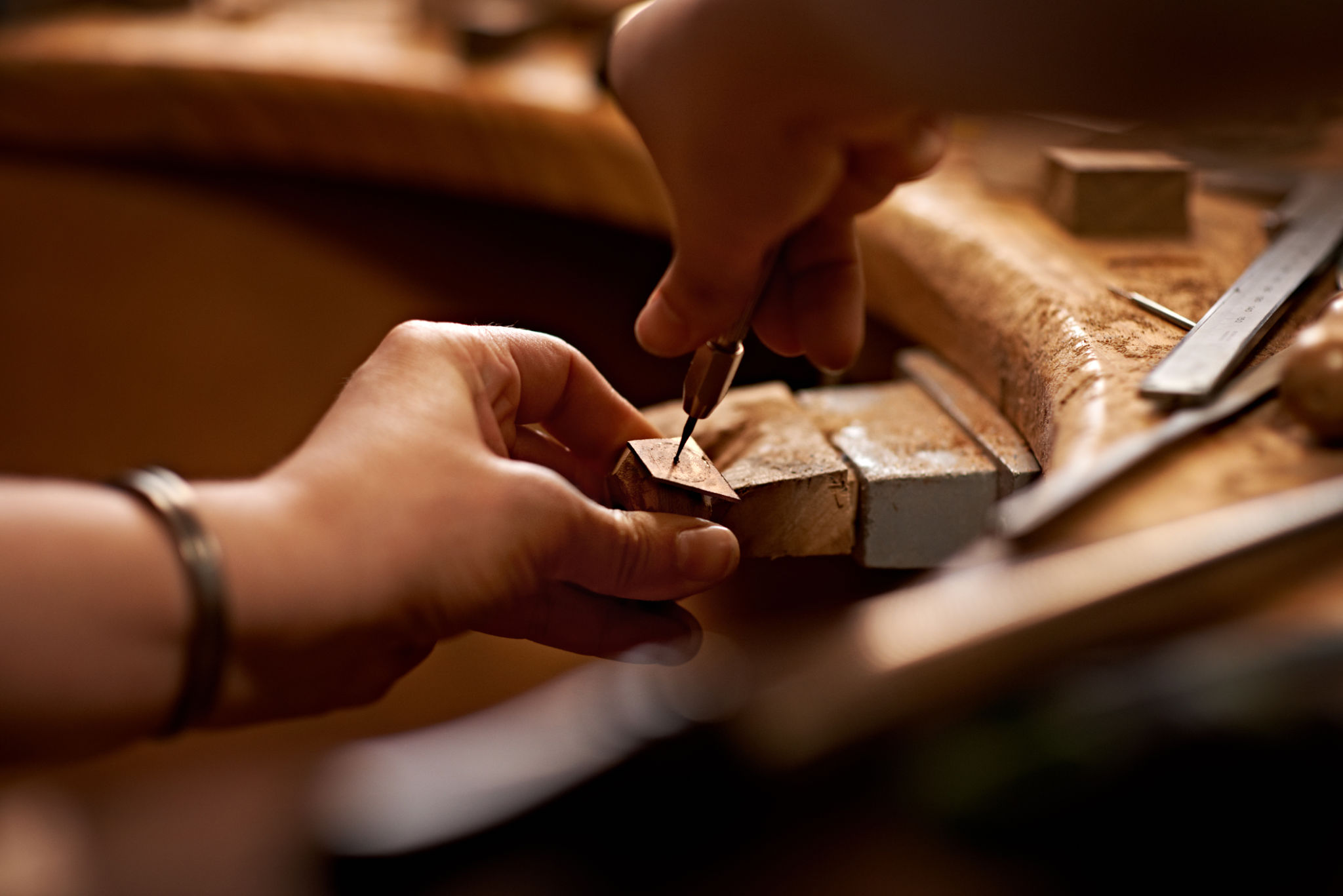When it comes to mattress cleaning, steam cleaning is one of the most effective methods for deep cleaning. It not only removes stains, dirt, and bacteria but also refreshes the mattress and eliminates odors. However, one of the most common concerns after steam cleaning a mattress is how long it will take to dry. While the exact drying time can vary, several key factors influence how long it will take for your mattress to fully dry. In this blog, we will explore these factors and provide tips to help you speed up the drying process.
1. Type of Mattress Material
The material of your mattress plays a crucial role in how quickly it dries after steam cleaning. Different materials absorb moisture at varying rates, which can affect the drying time.
- Memory Foam: Memory foam mattresses tend to retain moisture for a longer time compared to other materials. Due to their dense structure, they absorb steam deeply, making them take longer to dry.
- Innerspring Mattresses: These mattresses generally dry faster than memory foam because they have more airflow due to their coil-based construction.
- Latex Mattresses: Latex mattresses are breathable but can still take some time to dry, depending on the thickness and density.
It’s essential to consider the material of your mattress when estimating how long it will take to dry.
2. Humidity Levels
Humidity in your home can significantly affect mattress drying time. High humidity means there is already more moisture in the air, which slows down the evaporation process. If your home is damp, your mattress may take longer to dry.
- High Humidity: If you live in a coastal area like Brooklyn or in a humid climate, moisture in the air can extend drying times. In such cases, it’s essential to help the mattress dry quickly with other methods.
- Low Humidity: In drier climates or during winter months when humidity is low, your mattress will likely dry faster.
To combat high humidity, consider using dehumidifiers or air conditioners to reduce moisture in the air and help the mattress dry faster.
3. Air Circulation
Proper air circulation is one of the most critical factors when it comes to drying a mattress quickly. Without adequate airflow, moisture gets trapped inside the mattress, causing it to dry much slower. To improve circulation, you can use several methods:
- Open Windows: If the weather permits, open the windows to allow fresh air to circulate in the room. This natural airflow can help speed up the drying process.
- Fans: Using a fan or box fan placed near the mattress can help circulate the air and promote evaporation.
- Ceiling Fans: If you have ceiling fans, turning them on can also be helpful in improving air circulation around the mattress.
- Portable Air Movers: These high-powered fans are designed specifically for drying and can help reduce drying time, especially for larger mattresses.
By enhancing air circulation, you encourage moisture to escape the mattress faster.
4. Amount of Moisture Applied
The amount of moisture used during steam cleaning directly affects drying time. While steam cleaning can be highly effective, it’s easy to over-saturate the mattress, making it take longer to dry.
- Moderate Moisture Application: If the mattress is lightly steamed and not overly wet, it will dry much faster than if it’s soaked through.
- Heavy Moisture Application: Steam cleaning professionals often try to use as little water as possible during the cleaning process to avoid excess moisture. However, if too much steam is applied, it will result in longer drying times.
It’s always best to ensure that the mattress is not drenched with moisture during steam cleaning. Excess moisture leads to extended drying times and may even promote mold growth if not dried properly.
5. Room Temperature
The temperature of the room where the mattress is drying plays a major role in how quickly it dries. Warmer temperatures encourage moisture to evaporate faster, while colder temperatures slow the process down.
- Warm Room Temperature: A room that is between 70°F to 80°F (21°C to 27°C) will help the mattress dry at a reasonable pace.
- Cold Room Temperature: If the room is too cold, the drying process will take longer. In cold conditions, it’s essential to use other methods, such as fans or space heaters, to promote faster drying.
Maintaining a warm room temperature can speed up the drying process, but avoid direct heat sources like radiators or hairdryers, as they can damage the mattress.
6. Thickness of the Mattress
Thicker mattresses take longer to dry than thinner ones due to the amount of material that needs to be dried. Memory foam mattresses, for example, tend to be thicker and denser, which means it can take significantly longer for them to dry completely.
If you have a thick mattress, be prepared for a longer drying time. Thin mattresses, like futons or foam mattresses, will dry much faster because they have less material to absorb moisture.
7. Time of Year
The season in which you clean your mattress can also influence drying time. During summer, the warmer temperatures and lower humidity levels can help the mattress dry faster. On the other hand, during winter, lower temperatures and higher humidity levels can slow down the process.
If possible, steam clean your mattress during warmer months, or at least ensure the room is warm enough to facilitate drying.
8. Cleaning Method
The method you use to steam clean your mattress can also influence drying time. If you hire a professional Mattress cleaning service, they might use more efficient, industrial-grade steam cleaning equipment that extracts more moisture from the mattress, resulting in quicker drying times. On the other hand, using a home steam cleaner without an extraction function may leave more moisture behind, extending drying time.
Make sure you choose a reputable cleaning service that uses professional equipment and techniques for optimal results.
How to Speed Up Mattress Drying After Steam Cleaning
While several factors affect mattress drying time, there are steps you can take to speed up the process:
- Use Fans: Place a fan near the mattress to promote air circulation and moisture evaporation.
- Turn On the Air Conditioning or Dehumidifier: Use air conditioning or a dehumidifier to lower humidity and improve airflow in the room.
- Avoid Direct Heat: Avoid using direct heat sources, such as blow dryers or heaters, which can damage the mattress and cause it to dry unevenly.
- Elevate the Mattress: If possible, elevate the mattress slightly to allow air to circulate underneath it, which can help speed up the drying process.
- Use Towels: After steam cleaning, blot the mattress with towels to absorb excess moisture before it dries naturally.
Conclusion
Drying your mattress after steam cleaning is a critical step in maintaining its cleanliness and longevity. By understanding the factors that affect drying time—such as mattress material, humidity levels, air circulation, and the amount of moisture used during cleaning—you can better prepare and take steps to speed up the process. Proper care during the drying phase will not only ensure that your mattress is hygienic and fresh but also prevent mold and mildew growth, ensuring a comfortable night’s sleep.
Also Read: Quick and Effective Ways to Dry an Area Rug After Cleaning



